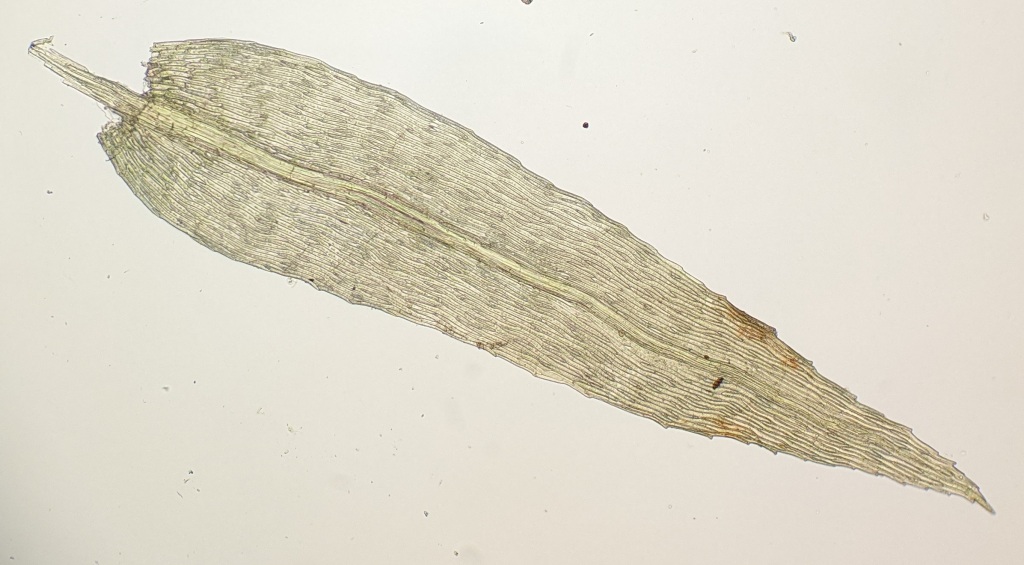Schizymenium bryoides
Harv. ex Hook.Paroicous. Asexual reproduction rarely by axillary bulbils. Plants usually yellowish green or glaucous, forming dense tufts on soil or rocks. Stems 5–20 mm long, erect, branching basally, black toward base, with a dense tuft of light to dark brown rhizoids at base, becoming glabrous among leaves. Leaves erect-spreading when moist, scarcely altered when dry, lanceolate, mostly 0.8–2 mm long, 0.3–0.45 mm wide, becoming much shorter toward stem base; apex acute to short-acuminate; costa extending 2/3–5/6 of leaf length; margins denticulate toward apices, plane, without a border; laminal cells linear-rhomboidal, (50–) 75–155 μm long, 6–13 μm wide, shorter at apex and base where as short as 20 μm long. Seta 8–30 mm long, reddish or yellowish-brown, smooth. Capsules suberect to inclined, clavate or narrowly pyriform, slightly asymmetric, 2.5–3 mm long. Operculum short-conic, 0.2–0.3 mm long. Peristome usually single and endostomial, rarely also with short exostome teeth.
Wim, GleP, VVP, GipP, OtP, Gold, CVU, GGr, DunT, NIS, HSF, HNF, OtR, VAlp. Widespread south from the inland slopes of the Great Dividing Range in a variety of habitats from the alpine zone to near sea-level including embankments of creeks or tracks that are often beneath overhangs and boulders among sclerophyll forest, or in gravelly seepages. Also WA, SA, NSW, ACT and Tas. New Zealand, Macquarie Island, Madagascar and Southern Africa.
 Spinning
Spinning
